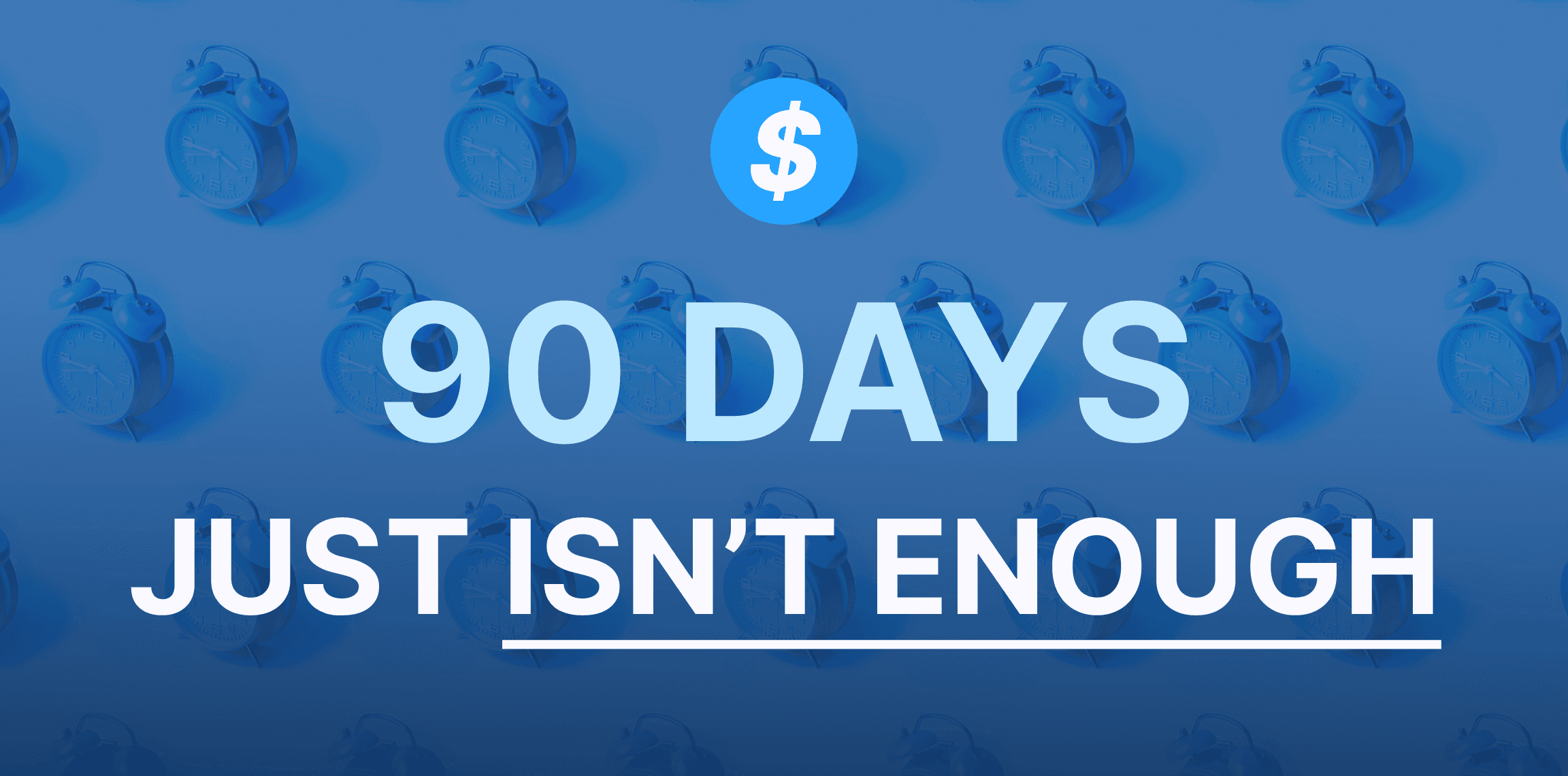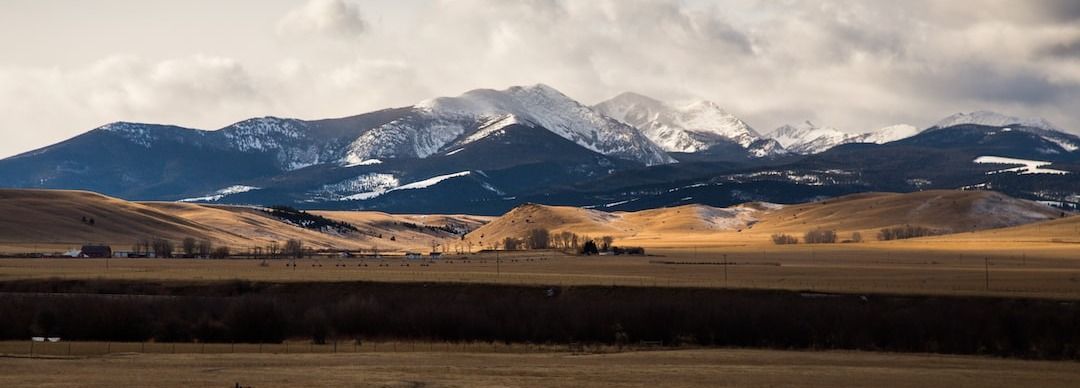Think you can complete your BEAD application in 90 days? Think again.
January 18, 2024
If you're waiting for your state's application, you'll be too late.

Baltimore is planning to bring a municipally owned broadband services to some of its poorest communities as part of its ongoing effort to bridge the digital divide.
Even though most of Baltimore City is technically considered “served” by incumbent telecom and cable providers, many of the city’s residents do not have access to broadband. Baltimore’s Office of Broadband and Digital Equity states as much on its website.
“The private sector does not invest in efforts with low returns, whether in terms of broadband or any other sector,” it said. “As has been the case for many decades, residents of the city's poorer neighborhoods live with the outcomes of systemic underinvestment in critical infrastructure in their communities.” Bloomberg reports that 41 percent of homes in Baltimore lack any form of broadband.
According to the United States Census 2020 American Community Survey, Baltimore has the highest poverty rate in Maryland with 20 percent of the population living in poverty.
“The high cost of building and upgrading broadband infrastructure is a further disincentive for incumbent providers and potential competitive entrants alike,” according to the city’s Office of Broadband and Digital Equity. “Only by constructing and owning the core infrastructure—like the public roads that touch every corner of the city—can the city ensure its investment will benefit all Baltimoreans equally.”
The office argues that an open access fiber optic service is the best way to enable Baltimoreans to access the internet. The office all has committed to digital skills training, the dispersal of surplus and refurbished devices to access broadband services, and multi-lingual, community-based, technical support.
“Access is too important to leave to the market and private actors. These guys had decades to solve the problem and they haven’t,” Baltimore’s broadband chief Jason Hardebeck told Bloomberg. “We will never get ahead of the curve if we don’t treat it as public infrastructure.”
According to a 2020 report by the Baltimore-based civic group Abell Foundation, in 2018, 96,000 households in Baltimore (nearly 41%), did not have wire-based fiber, cable, digital subscriber line service. That left Baltimore 29th out of the 33 cities examined for home wireline broadband adoption.
But cable groups are critical of the plan.
“Siphoning scarce resources in pursuit of financing duplicative broadband networks is not consistent with good policy or the sound use of taxpayer dollars,” the cable TV group NCTA said to Bloomberg.
Baltimore’s complete Digital Equity Vision can be accessed online.

January 18, 2024
If you're waiting for your state's application, you'll be too late.

January 09, 2024
The big sky state joins a small list of eligible entities that have kicked off their broadband challenge process.